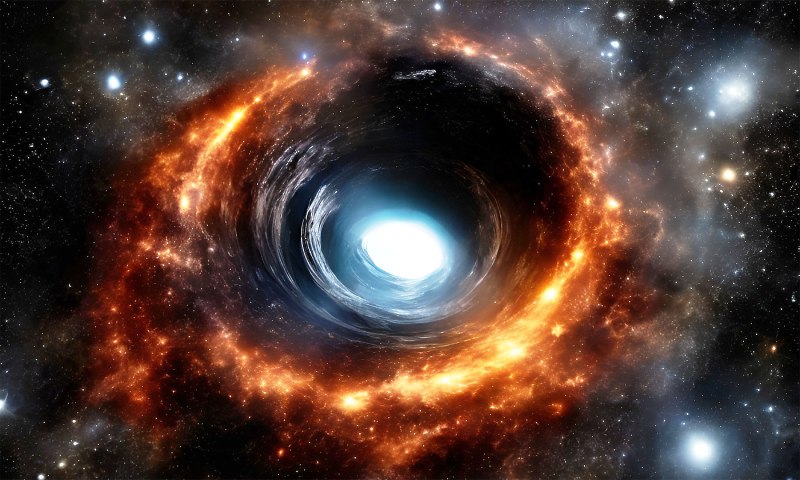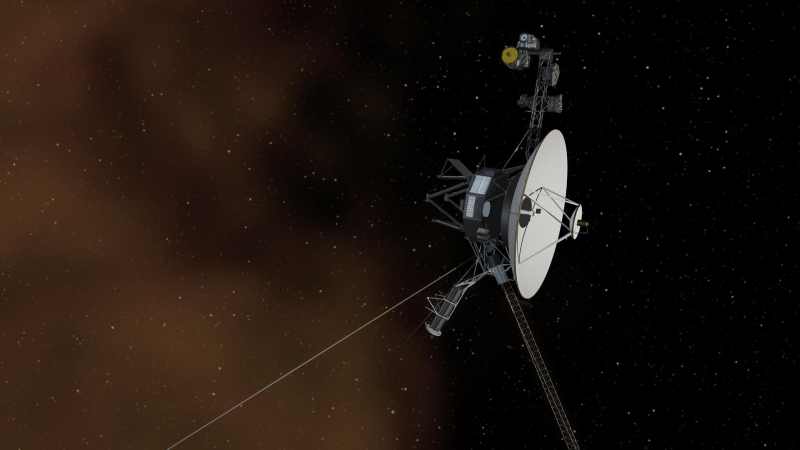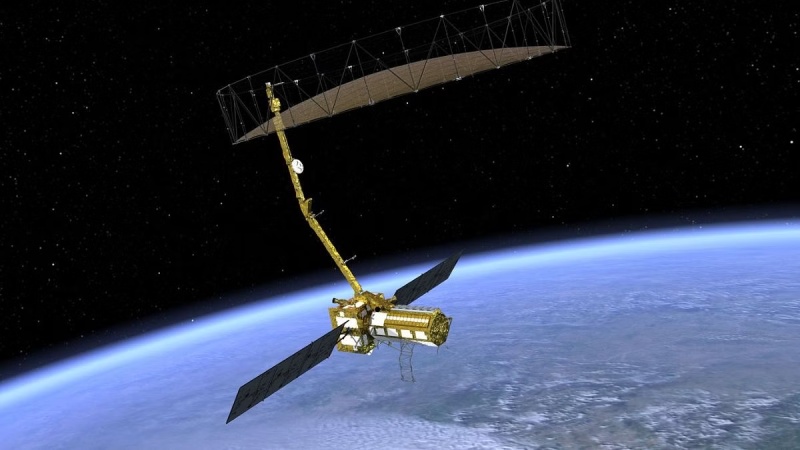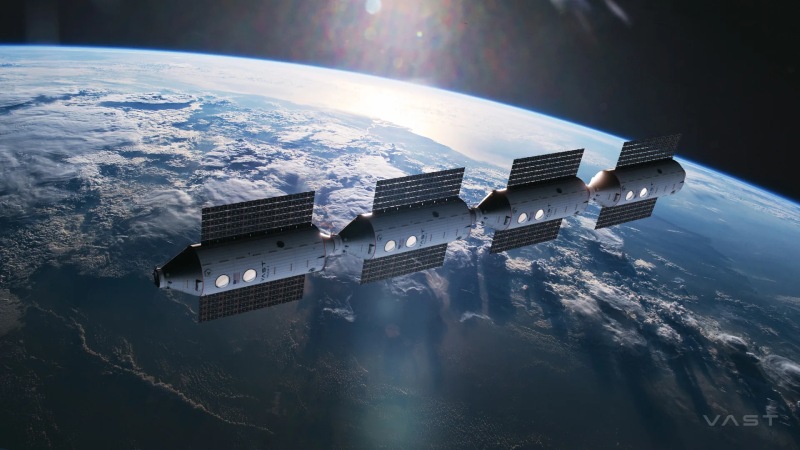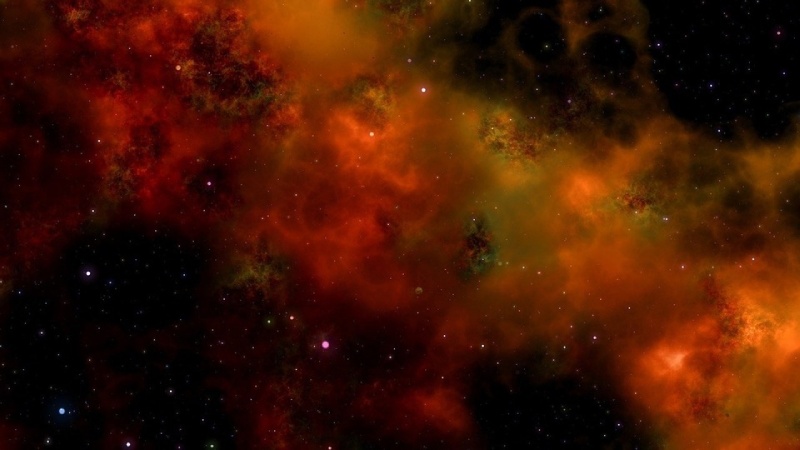Three decades later, researchers have discovered a photograph that is eerily similar to the one taken by the Voyager 1 spacecraft, which Carl Sagan described as seeing a “pale blue dot”—our planet, Earth—in. A picture taken by the Mars Express spacecraft, which recently marked 20 years in orbit, demonstrates the size of the universe and how insignificant we are in comparison to it.
The Earth and its natural satellite are depicted as small, white objects in the illustration, which has a retro appearance. On May 15, 21, 27, and June 2, 2023, the Mars Express High-Resolution Stereo Camera (HRSC)’s super-resolution channel (SRC) captured images of Earth and its moon. More than half of the Moon’s monthly orbit around Earth is covered by this.
The most recent image was released on the 20th anniversary of the orbiter’s initial image of Earth and Mars. The most recent image was taken from 300,000 kilometers away, whereas the one from 2003 was only taken from 8 million kilometers away.
These images have no scientific value, but since the situation allowed us to point the HRSC to Earth and the VMC to Mars shortly after, we decided to create our own portrait of home on this incredible mission milestone for Mars Express, according to Daniela Tirsch, a member of the Mars Express HRSC team.
According to the scientists, the size of the Earth as seen in the photograph was comparable to an ant from a distance of 100 meters.
“Even though we have seen images like these before, it is still humbling to pause and think: we need to look after the pale blue dot, there is no planet B,” said Jorge Hernández Bernal, a member of the Mars Express team and the person who first took the picture.
The Mars Express has spent the entire past two decades away from home. It has been given several extensions over this time, the most recent of which keeps it in effect until 31 December 2026. The objective is still to land humans on Mars, even though ESA has already sent an orbiter to study Mars and will be sending the Rosalind Franklin rover during the following ten years.
The next audacious goal is, of course, to explore with people, according to Colin Wilson, project scientist for the European Space Agency’s Mars Express and ExoMars Trace Gas Orbiter missions. Maybe it won’t be more than 20 years before people on Mars can look up at the night sky and see Earth.
Topics #Earth #Mars #Satellite #Science #Space #Voyager 1 Spacecraft


